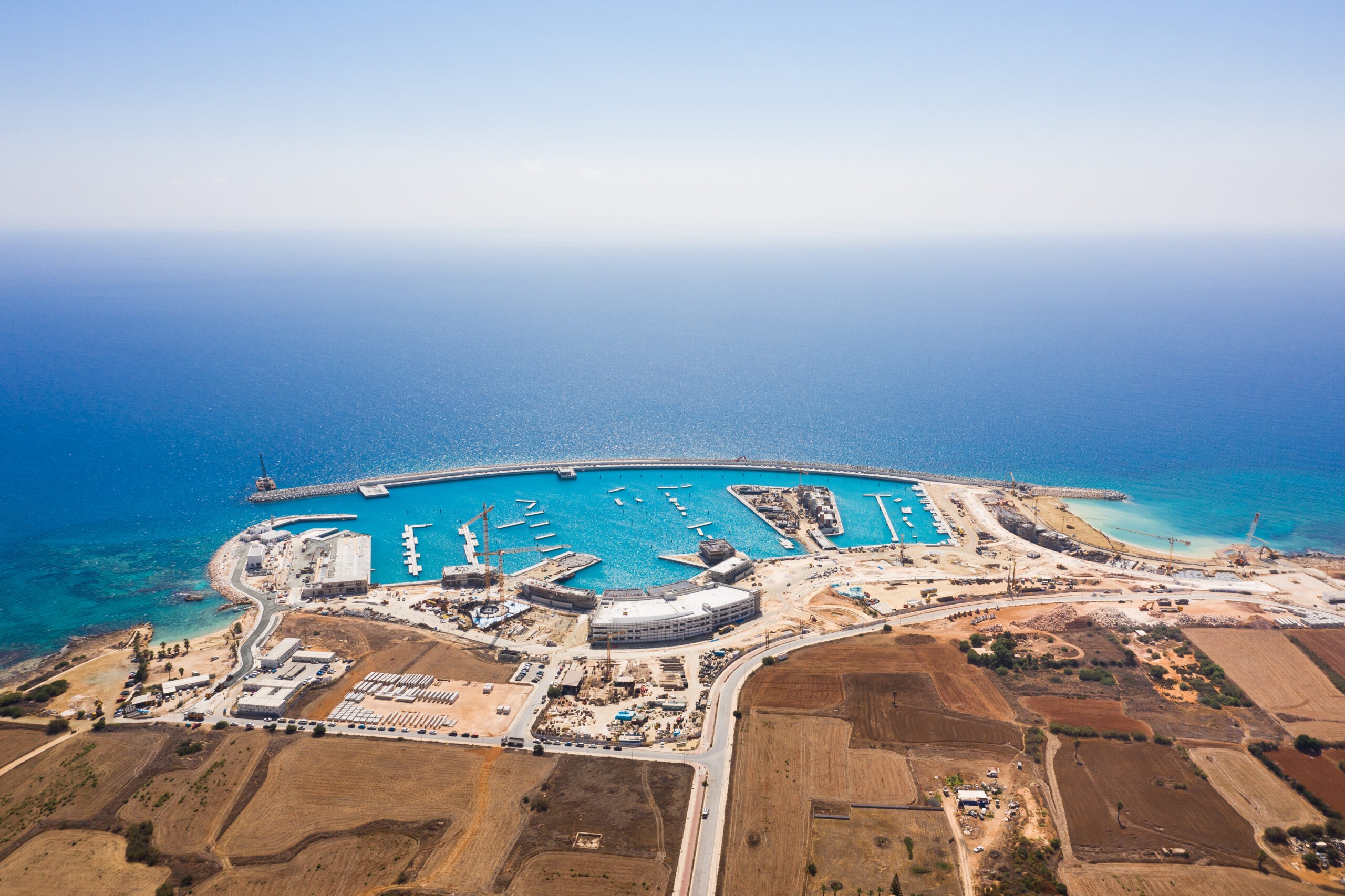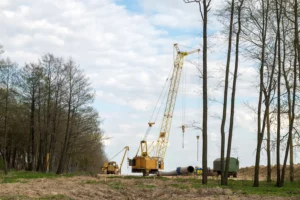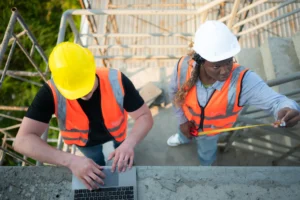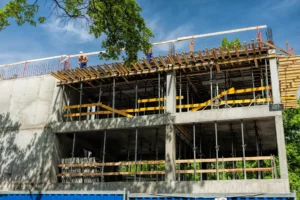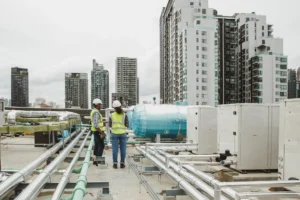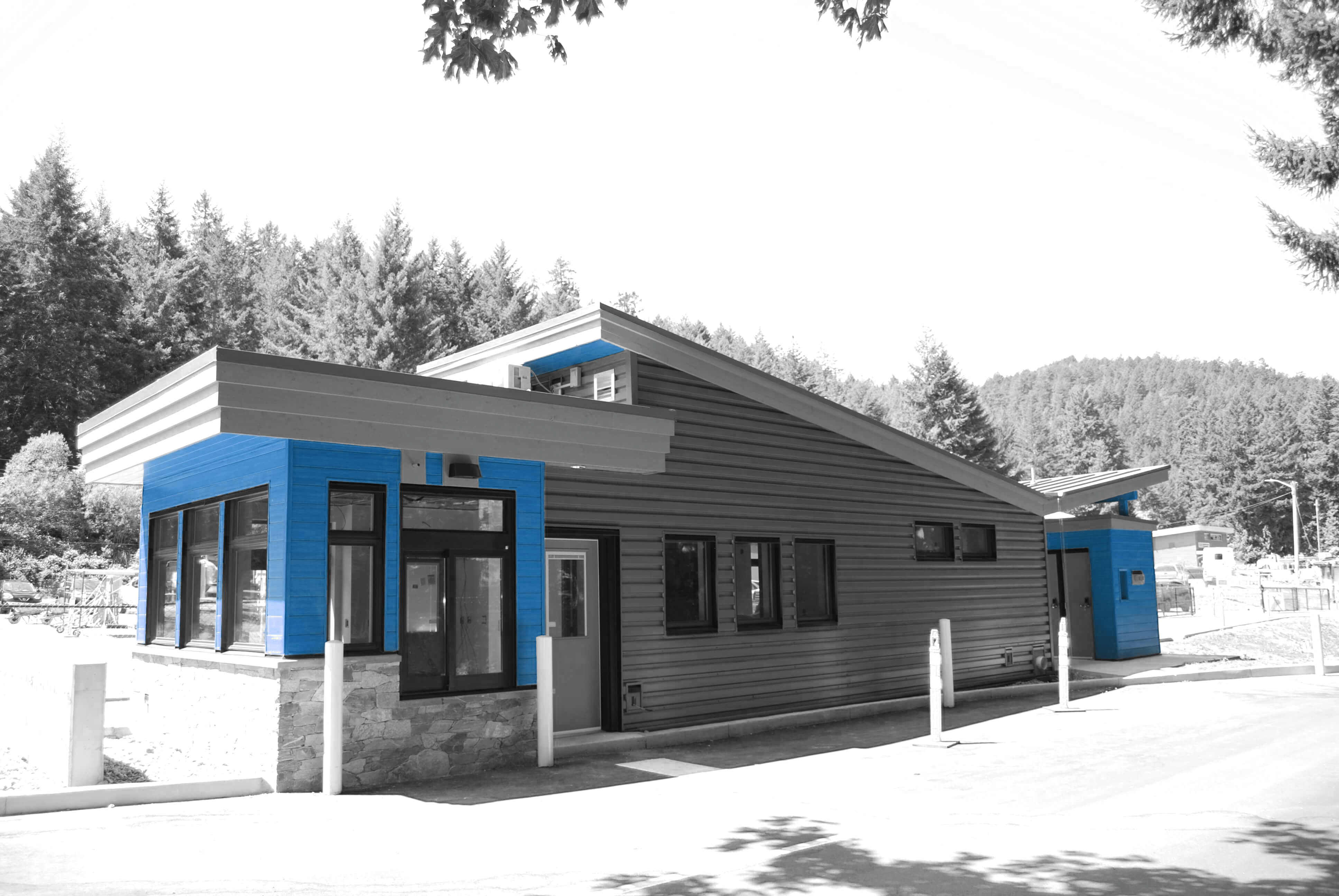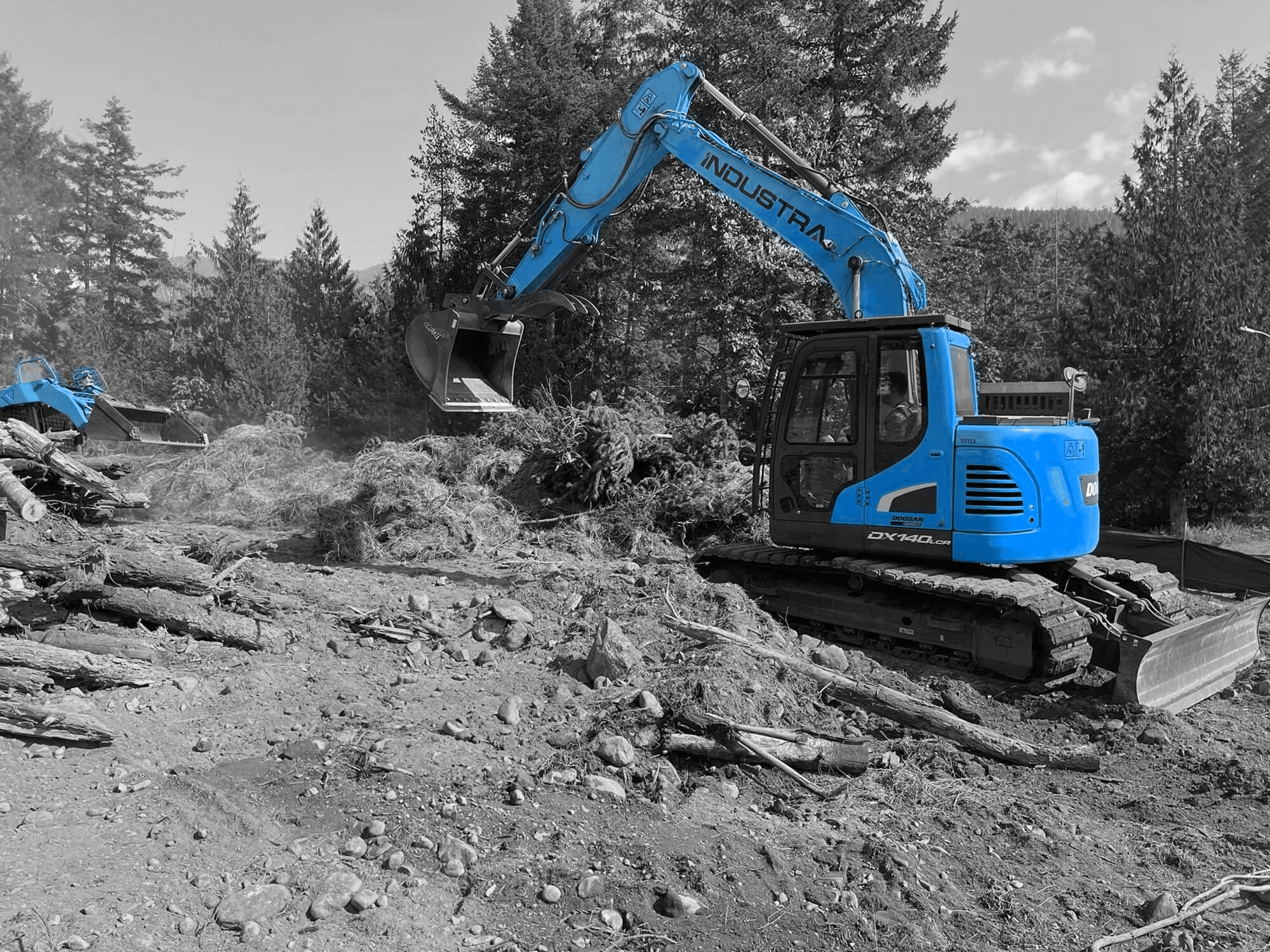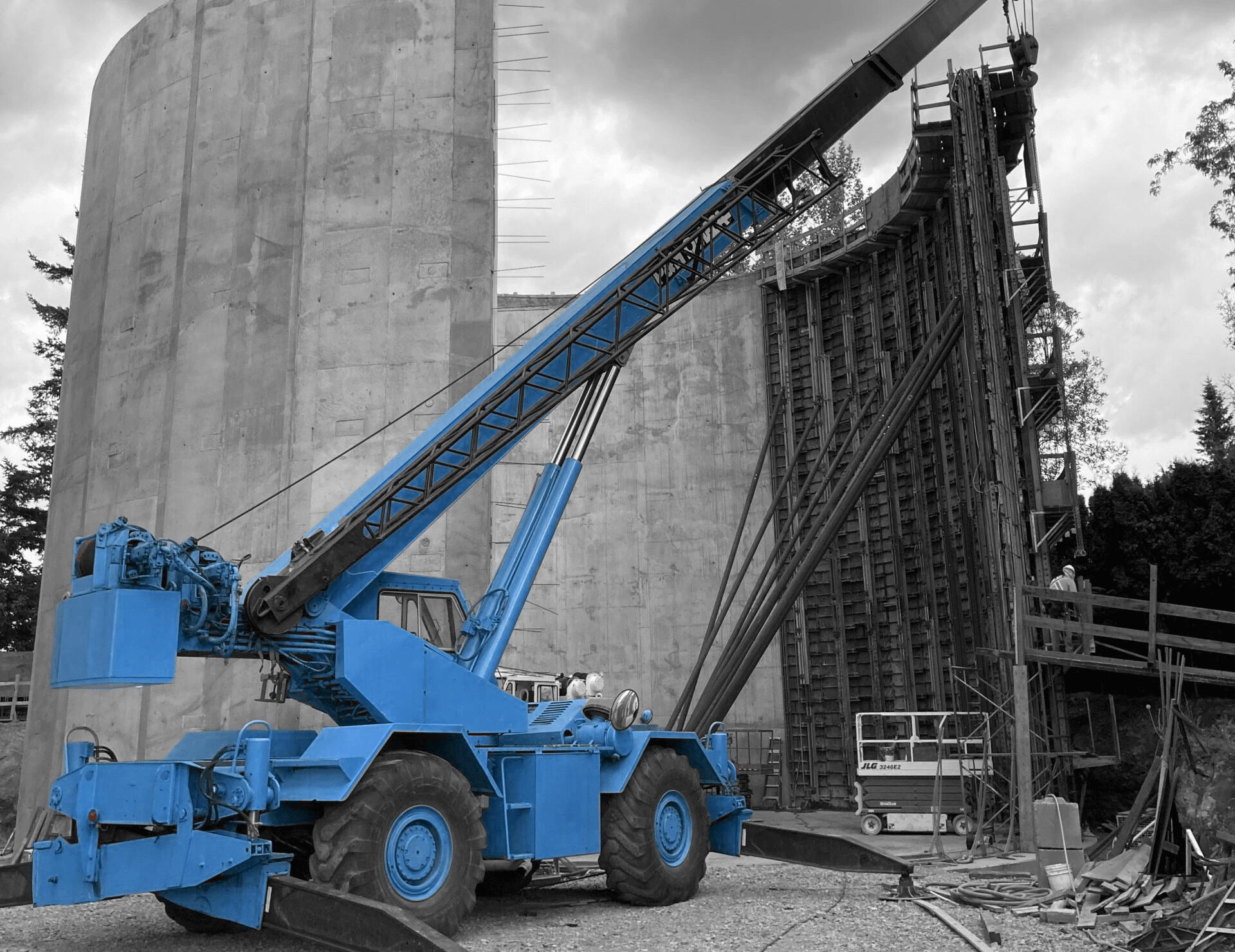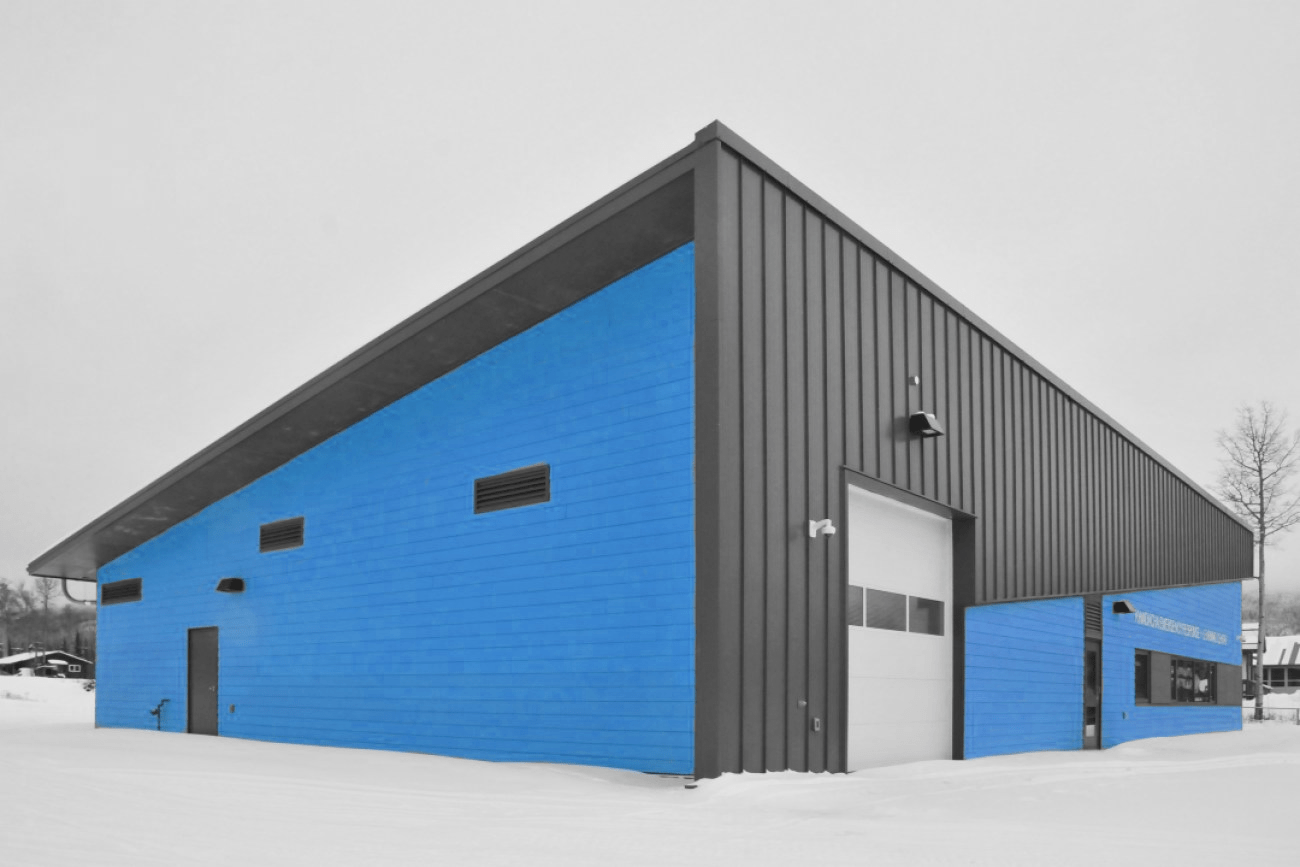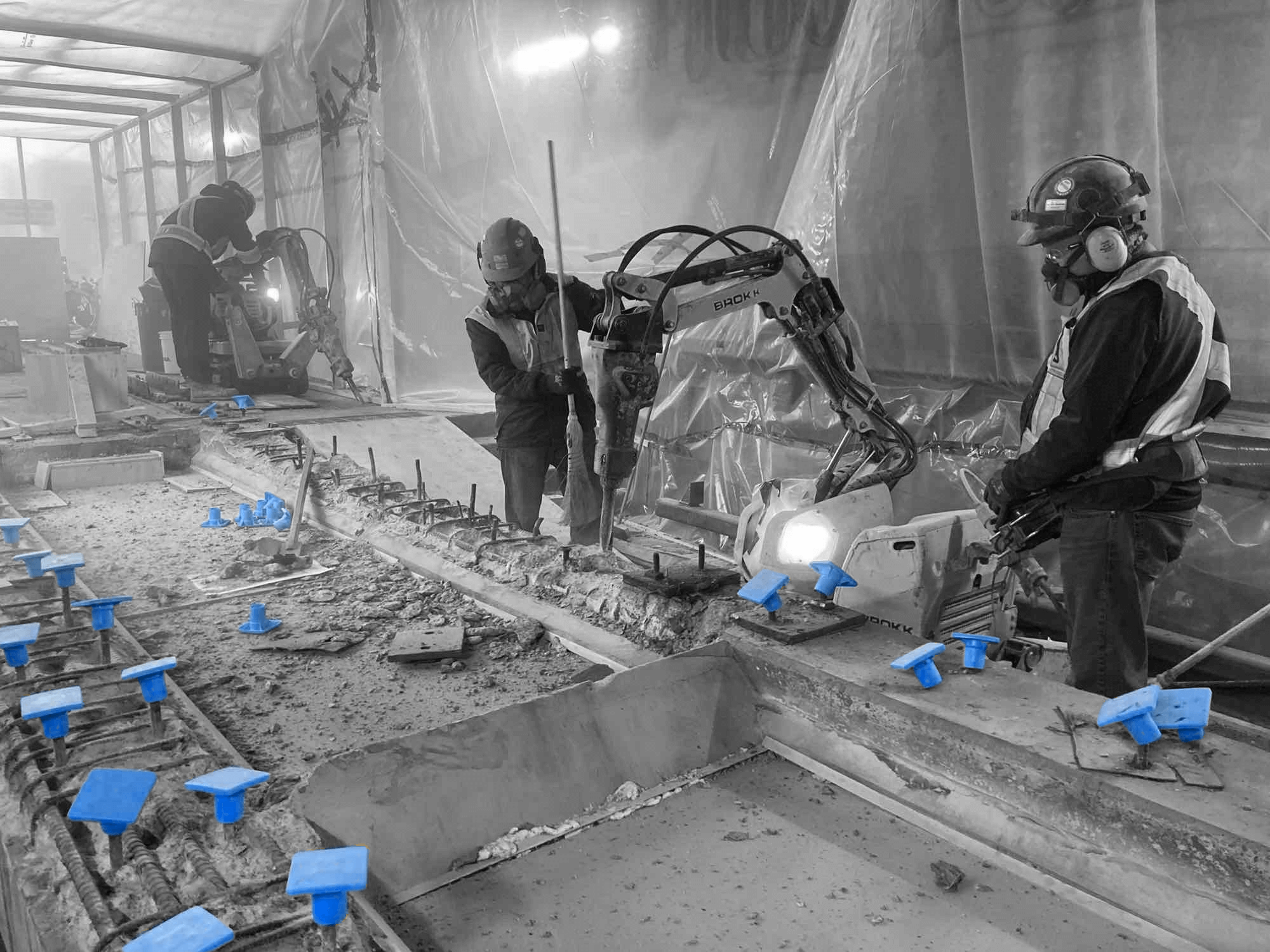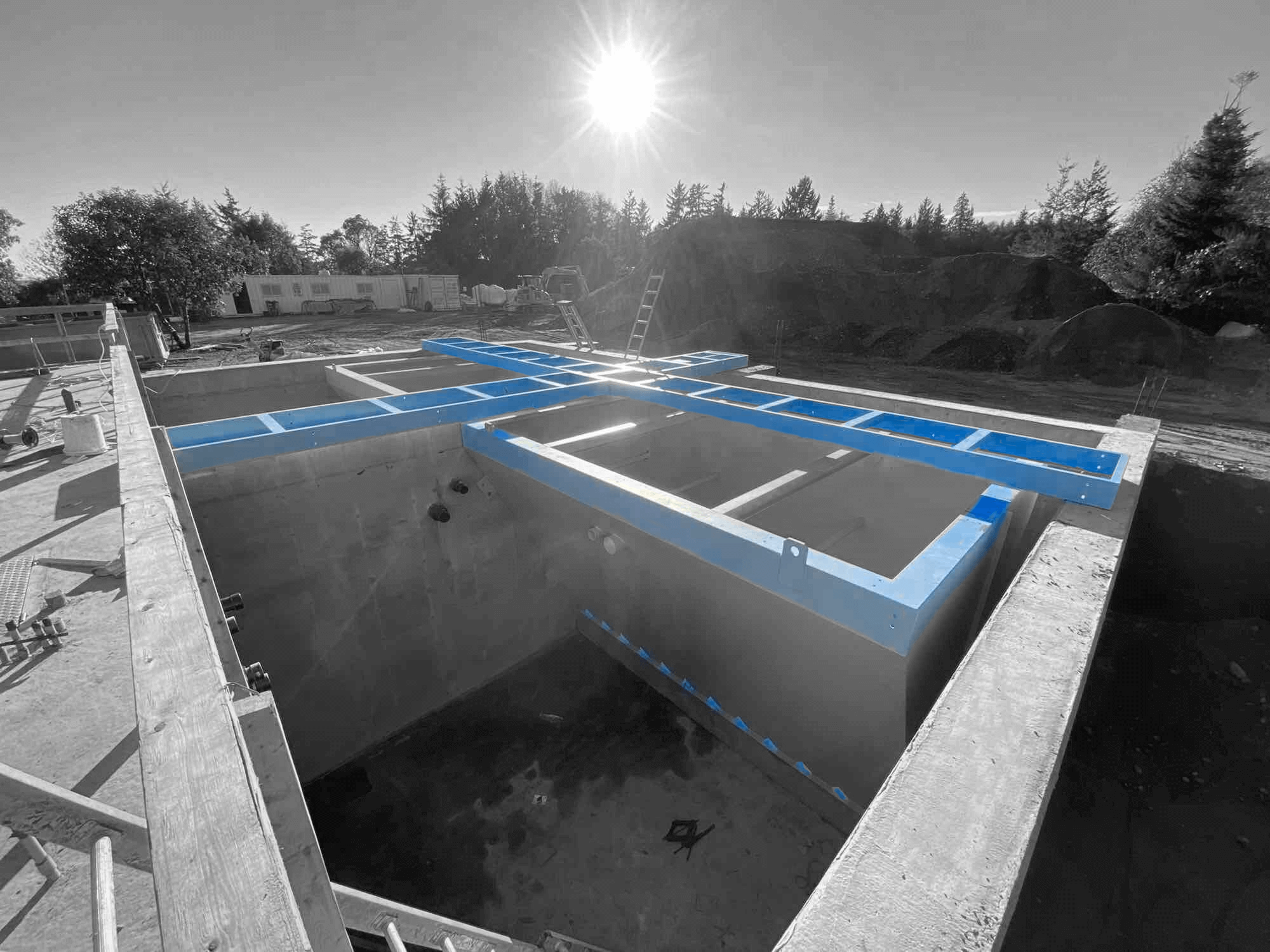Civil construction plays a crucial role in the development and maintenance of modern wastewater facilities. These facilities are essential for treating wastewater and ensuring that clean water is returned to the environment. The construction of wastewater plants involves various stages, each demanding precise engineering and thorough planning.
The fundamental aspects of civil construction, such as building solid foundations and ensuring structural integrity, are vital for the longevity and efficiency of wastewater facilities. Proper site development and excavation are just as important. They lay the groundwork for the entire facility, affecting its overall performance and stability. Without these essential steps, the facility may face operational challenges or even structural failures.
Civil construction also includes the development of key components like treatment tanks, pipelines, pump stations, and control buildings. These elements are necessary for the effective functioning of a wastewater treatment facility. This article explores civil construction’s contributions to modern wastewater facilities, focusing on key components, innovative techniques, and the challenges faced in this field.
The Importance of Civil Construction in Wastewater Facilities
Foundations and Structural Integrity
Foundations and structural integrity are vital in the construction of wastewater facilities. A strong foundation supports the entire structure, preventing issues like uneven settling or structural failure. These facilities often house heavy equipment and large treatment tanks, which require sturdy, well-designed bases to function correctly.
To ensure structural integrity, civil engineers use various techniques such as soil testing, proper grading, and advanced reinforcement methods. Soil testing determines the type of foundation needed to support the facility, given the ground conditions. Advanced reinforcement, such as the use of steel rebar and concrete, adds additional strength and durability to the structure. These measures help create a facility that can withstand the stresses of daily operations.
Site Development and Excavation
Site development and excavation are the initial steps in constructing a wastewater facility. Proper site development involves grading the land, creating access roads, and preparing the site for construction. This phase sets the stage for building the rest of the facility, ensuring that the land is adequately prepared to support the structures and systems.
Excavation involves digging trenches and holes for the facility’s foundations, pipelines, and other underground components. It’s crucial that this process is carried out carefully to avoid undermining the site’s stability. Proper excavation techniques help in managing soil displacement and maintaining the integrity of the surrounding land. These steps are fundamental to the smooth progress of the overall construction project.
Key Components of Modern Wastewater Facilities
Treatment Tanks and Pipelines
Treatment tanks and pipelines form the backbone of any wastewater facility. Treatment tanks are where the actual process of cleaning wastewater takes place. These tanks must be built to withstand the chemical reactions and physical processes occurring inside them. High-quality materials such as reinforced concrete and corrosion-resistant coatings ensure the durability and efficiency of the treatment tanks.
Pipelines are essential for transporting wastewater into the facility and clean water out of it. They must be designed to handle different types of fluids and pressures. Using materials like PVC, ductile iron, or stainless steel, depending on the specific application, ensures long-lasting performance. Properly designed pipelines prevent leaks and maintain the efficiency of the wastewater treatment process.
Pump Stations and Control Buildings
Pump stations and control buildings are vital components that support the operation of wastewater facilities. Pump stations help move water through the various stages of treatment. These stations require precision engineering to ensure they can handle the required flow rates and pressures. Reliable pumps and motors ensure that the facility operates smoothly and efficiently.
Control buildings house the electrical and mechanical systems that monitor and manage the entire wastewater treatment process. These buildings need to be designed with safety and accessibility in mind. They often contain control panels, computers, and monitoring equipment, all of which require a stable and secure environment. Proper design and construction of control buildings help maintain the operational integrity of wastewater facilities.
Innovative Techniques in Civil Construction for Wastewater
Advanced Construction Materials
The use of advanced materials is transforming civil construction in wastewater facilities. High-performance concrete, for example, offers enhanced strength and durability, which is essential for structures exposed to harsh chemicals and constant moisture. These advanced materials extend the lifespan of treatment tanks, pipelines, and other critical components, reducing maintenance costs and improving efficiency.
Another innovation is the use of corrosion-resistant coatings and liners. These protect the inner surfaces of tanks and pipes from the corrosive effects of wastewater. By preventing leaks and structural degradation, these materials ensure the facility operates smoothly for many years. Additionally, incorporating eco-friendly materials helps meet sustainability goals, minimizing the environmental impact of the construction process.
Use of Technology and Automation
Technology and automation are revolutionizing the construction and operation of wastewater facilities. Building Information Modeling (BIM) enables precise and efficient planning and design, reducing errors and enhancing collaboration among project teams. BIM allows for detailed visualizations of the facility, helping engineers optimize every aspect of construction.
Automation plays a significant role in the operation of modern wastewater facilities. Automated systems monitor and control various processes, ensuring optimal performance and real-time adjustments. For instance, sensors can detect fluctuations in water quality and automatically adjust treatment processes. This results in more efficient, reliable, and less labour-intensive facilities, ultimately lowering operational costs and improving overall performance.
Challenges and Solutions in Wastewater Facility Construction
Handling Environmental Regulations
One of the key challenges in constructing wastewater facilities is complying with environmental regulations. These regulations ensure that facilities do not harm the environment or public health. Navigating these complex rules requires careful planning and expert knowledge. We need to ensure that every aspect of the facility, from site selection to the disposal of treated water, meets all legal requirements.
To address these challenges, we conduct thorough environmental impact assessments and engage with regulatory agencies early in the project. This proactive approach helps in identifying potential issues and finding solutions before construction begins. Using sustainable construction practices, such as minimizing waste and employing eco-friendly materials, also helps in meeting regulatory standards.
Ensuring Longevity and Durability
Ensuring the longevity and durability of wastewater facilities is another significant challenge. These facilities must operate efficiently for decades despite harsh conditions. Selecting the right materials and construction techniques is crucial. For example, using high-quality, corrosion-resistant materials and protective coatings can significantly extend the life of tanks, pipelines, and other structures.
Regular maintenance and monitoring are essential for long-term durability. Implementing advanced monitoring systems allows for real-time tracking of the facility’s condition. These systems can alert operators to potential issues before they become major problems, enabling timely repairs and maintenance. This proactive approach keeps the facility running smoothly and extends its operational life.
Conclusion
Civil construction is integral to the successful development and operation of modern wastewater facilities. From foundational work to the use of cutting-edge materials and technology, each step plays a vital role in creating efficient, durable, and environmentally responsible infrastructure. Proper site development, the construction of essential components, and the implementation of innovative techniques ensure these facilities meet the growing demands of wastewater treatment.
As environmental regulations become more stringent, our approach must adapt to stay compliant while maintaining operational efficiency. The focus on advanced materials and automation not only meets today’s needs but also positions us to handle future challenges. Civil construction’s role is not just about building structures; it’s about laying the groundwork for sustainable and effective wastewater management systems.
If you’re involved in a wastewater facility project and need expertise in civil construction, contact Industra Construction Corp. We specialize in delivering comprehensive, high-quality EPC design-build and construction services tailored to your needs. Let’s build a better future together – contact us today!


